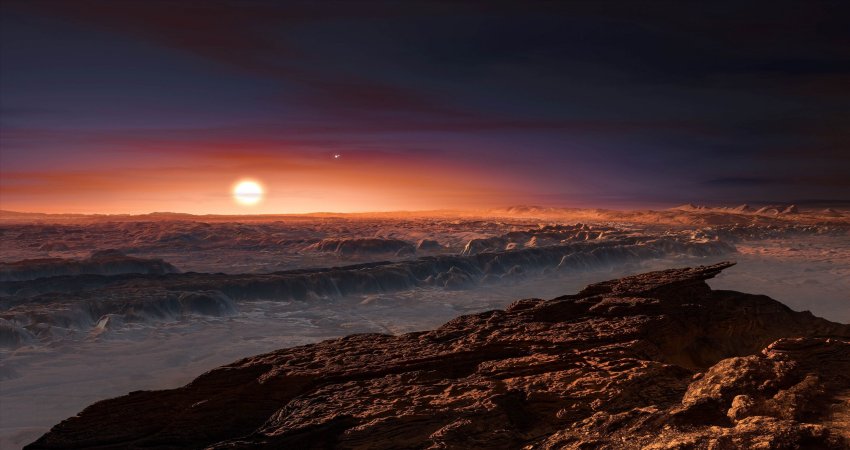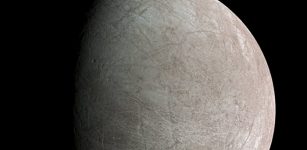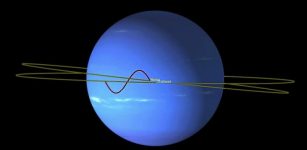Our Moon Is Shrinking And Producing Moonquakes
Eddie Gonzales Jr. – MessageToEagle.com – A new study shows our Moo is actively shrinking as its interior cools, getting more than about 150 feet (50 meters) skinnier over the last several hundred million years. In addition, the Moon is producing moonquakes along thousands of cliffs called thrust faults spread over the moon’s surface.
The faults are likely the result of the moon’s interior cooling and shrinking, causing the surface crust to shrivel and crack like a raisin’s skin.
Credit: NASA
These fault scarps resemble small stair-step shaped cliffs when seen from the lunar surface, typically tens of yards (meters) high and extending for a few miles (several kilometers).
Thomas Watters, senior scientist in the Center for Earth and Planetary Studies at the Smithsonian’s National Air and Space Museum in Washington, analyzed data from four seismometers placed on the Moon by the Apollo astronauts using an algorithm, or mathematical program, developed to pinpoint quake locations detected by a sparse seismic network. The algorithm gave a better estimate of moonquake locations. Seismometers are instruments that measure the shaking produced by quakes, recording the arrival time and strength of various quake waves to get a location estimate, called an epicenter.
See also:
Short-Lived Flash As A Meteorite Hit Moon Surface – MIDAS Telescopes Observation
Modelling The Moon’s Rotational Dynamics
Earth’s Atmosphere Stretches Almost Twice The Distance To the Moon And Beyond
Astronauts placed the instruments on the lunar surface during the Apollo 11, 12, 14, 15, and 16 missions. The Apollo 11 seismometer operated only for three weeks, but the four remaining recorded 28 shallow moonquakes — the type expected to be produced by these faults — from 1969 to 1977. The quakes ranged from about 2 to around 5 on the Richter scale.
Astronauts placed the instruments on the lunar surface during the Apollo 11, 12, 14, 15, and 16 missions. The Apollo 11 seismometer operated only for three weeks, but the four remaining recorded 28 shallow moonquakes — the type expected to be produced by these faults — from 1969 to 1977. The quakes ranged from about 2 to around 5 on the Richter scale.
The Moon isn’t the only world in our solar system experiencing some shrinkage with age. Mercury has enormous thrust faults — up to about 600 miles (1,000 kilometers) long and over a mile (3 kilometers) high — that are significantly larger relative to its size than those on the Moon, indicating it shrank much more than the Moon. Since rocky worlds expand when they heat up and contract as they cool, Mercury’s large faults reveal that is was likely hot enough to be completely molten after its formation.
Scientists trying to reconstruct the Moon’s origin wonder whether the same happened to the Moon, or if instead it was only partially molten, perhaps with a magma ocean over a more slowly heating deep interior. The relatively small size of the Moon’s fault scarps is in line with the more subtle contraction expected from a partially molten scenario.
The study was published May 13 in Nature Geoscience.
Written by Eddie Gonzales Jr. – MessageToEagle.com Staff Writer












